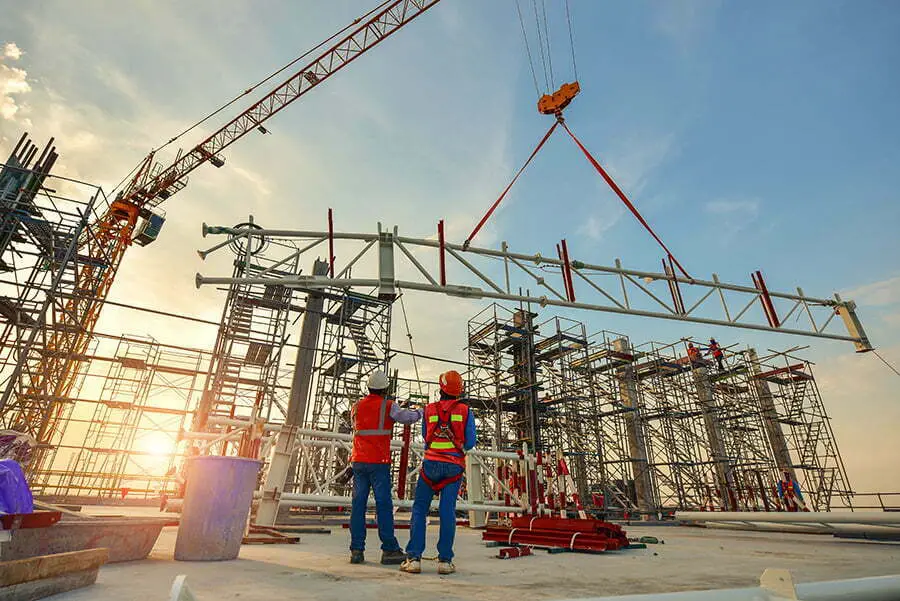Polymer building materials typically require less maintenance and repair than other materials, such as wood or metal.
Polymers are a type of material used in construction and building materials, and they come with their own unique set of maintenance and repair requirements. In this blog, we’ll explore how polymers’ maintenance and repair requirements compared to other materials commonly used in construction.
We’ll look at the advantages and disadvantages of using polymers for building materials and how to maintain them properly. We’ll discuss some tips on how to make sure your polymer-based building materials stay in top condition.
Polymer building materials require less maintenance and repair than other materials, as they are more durable and resistant to wear and tear.
Building Materials

Polymer building materials are becoming increasingly popular due to their durability and low maintenance requirements. They are often used in roofing systems, siding panels, windowsills and frames, door sills and frames, insulation boards for walls and roofs, and many other applications.
Polymer building materials require less maintenance than traditional building materials such as wood or metal because they do not rust or rot over time like these more conventional options. Additionally, they can be easily cleaned with soap and water, which helps maintain their appearance.
However, polymer building material may still need repairs from time to time due to wear-and-tear or damage caused by weather conditions such as hail storms or high winds. In these cases, the repair must be done correctly so that the integrity of the material is maintained for its intended purpose.
Maintenance

Maintenance of polymer building materials is essential. This ensures that they remain in good condition and last for a long time. This involves regularly inspecting the material for signs of wear or damage. You need to check for cracks, discoloration, or other visible signs of deterioration.
Maintenance includes cleaning the material to remove dirt and debris that can accumulate over time. It also means applying protective coatings to help protect the fabric from further damage. The damages are due to weathering or other environmental factors.
It may include repairing any existing damage that has occurred to restore the material’s original appearance and functionality.
Repair
Repair of polymer building materials is a process that involves restoring the material to its original condition. This can be done by replacing damaged parts, filling in cracks or holes, and applying sealants or adhesives.
Polymer building materials are generally easy to repair because they are lightweight and flexible. They can also be fixed with minimal disruption to the surrounding structure since they don’t require large amounts of labor or specialized tools for repairs.
Many polymers have self-healing properties, which allow them to repair themselves without any intervention from a professional technician.
Requirements
The requirements for the maintenance and repair of polymer building materials are similar to those of other materials. Generally, these requirements involve regular cleaning and inspection to ensure the material is in good condition.
This includes checking for signs of wear or damage, such as cracks, chips, or discoloration. Any repairs should be done promptly to prevent further damage from occurring.
Depending on the type of polymer used in construction, additional steps may be taken, such as applying a protective coating or sealant to protect against UV rays or moisture.
To ensure proper performance and longevity, it is essential to follow manufacturer instructions when performing any maintenance or repair work on polymers.
Recap




